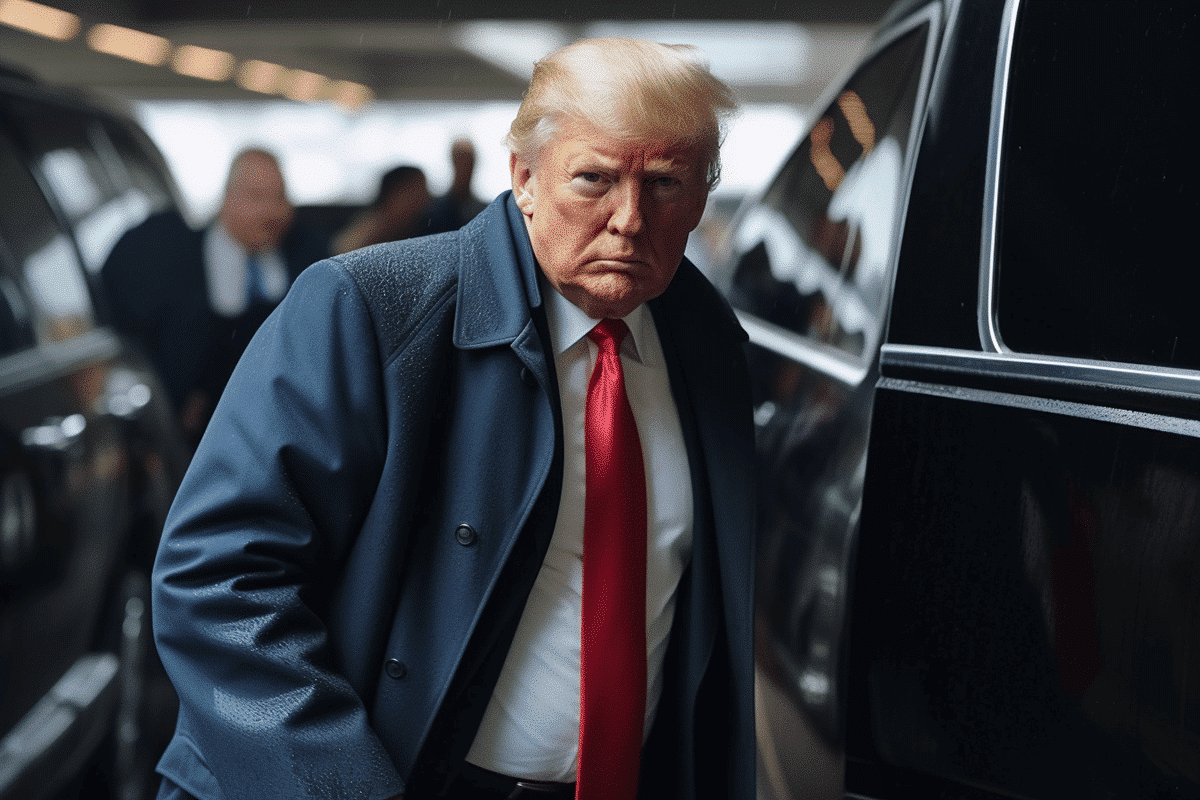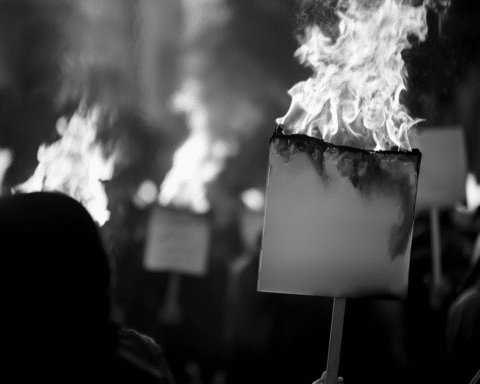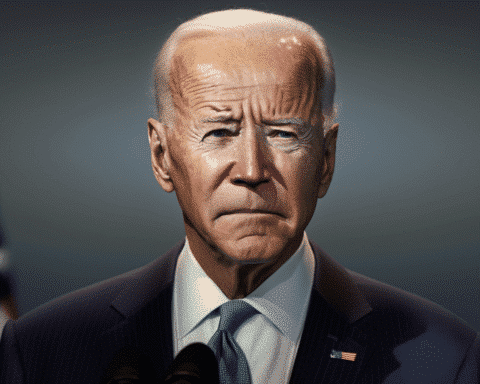In a landmark decision on Monday, the Supreme Court unanimously ruled to restore former President Donald Trump to the 2024 presidential primary ballots across the nation, effectively rejecting state attempts to bar him due to his alleged role in the Capitol riot of January 6, 2021.
The justices made their decision just a day before the crucial Super Tuesday primaries, asserting that states lacked the authority to employ a post-Civil War constitutional provision to prevent presidential candidates from appearing on ballots. They emphasized that the power to disqualify candidates resides solely with Congress, according to an unsigned opinion released by the court.
Following the announcement, Donald Trump took to his social media platform to celebrate the decision, hailing it as a significant victory for America.
This ruling marks the culmination of efforts in various states, including Colorado, Illinois, and Maine, to remove Trump from the ballot due to his involvement in the events that unfolded at the Capitol on January 6, 2021. Despite disappointment expressed by some state officials, such as Colorado Secretary of State Jena Griswold, acknowledging Trump’s eligibility as a candidate, the Supreme Court’s decision stands firm.
Central to the case was the interpretation of the 14th Amendment’s Section 3, which was adopted after the Civil War to prevent individuals who had “engaged in insurrection” from holding public office. Trump’s case marked the first instance where this provision was applied to a presidential candidate, with the Colorado Supreme Court ruling that it could be used to disqualify him.
However, the Supreme Court’s decision has raised questions about the role of Congress in enforcing Section 3, with some justices expressing concerns about the majority’s interpretation. Justices Sonia Sotomayor, Elena Kagan, and Ketanji Brown Jackson, while agreeing that a nationwide patchwork of regulations could result from state-level applications of Section 3, disagreed with the majority’s stance that only Congress could enact legislation for disqualification.
Despite the court’s unanimous decision to restore Trump to the ballot, divisions emerged among the justices regarding the broader implications of the ruling. Conservative Justice Amy Coney Barrett expressed milder disagreement with her colleagues, suggesting that they had overstepped in delineating Congress’s role in disqualification.
This case represents the most direct involvement of the Supreme Court in a presidential election since the contentious Bush v. Gore decision in 2000. Its implications extend beyond the immediate restoration of Trump to the ballot, with potential ramifications for future presidential elections and the interpretation of constitutional provisions.
While the decision settles the immediate dispute over Trump’s eligibility, it sets the stage for further legal battles surrounding the events of January 6, 2021. A scheduled case in late April will address whether Trump can be prosecuted for his alleged role in the Capitol attack, raising questions about the timing of potential trials before the November election.
As the nation grapples with the aftermath of one of its most tumultuous periods in recent history, the Supreme Court’s decision underscores the complexities and enduring debates surrounding issues of presidential accountability, constitutional interpretation, and the rule of law.




